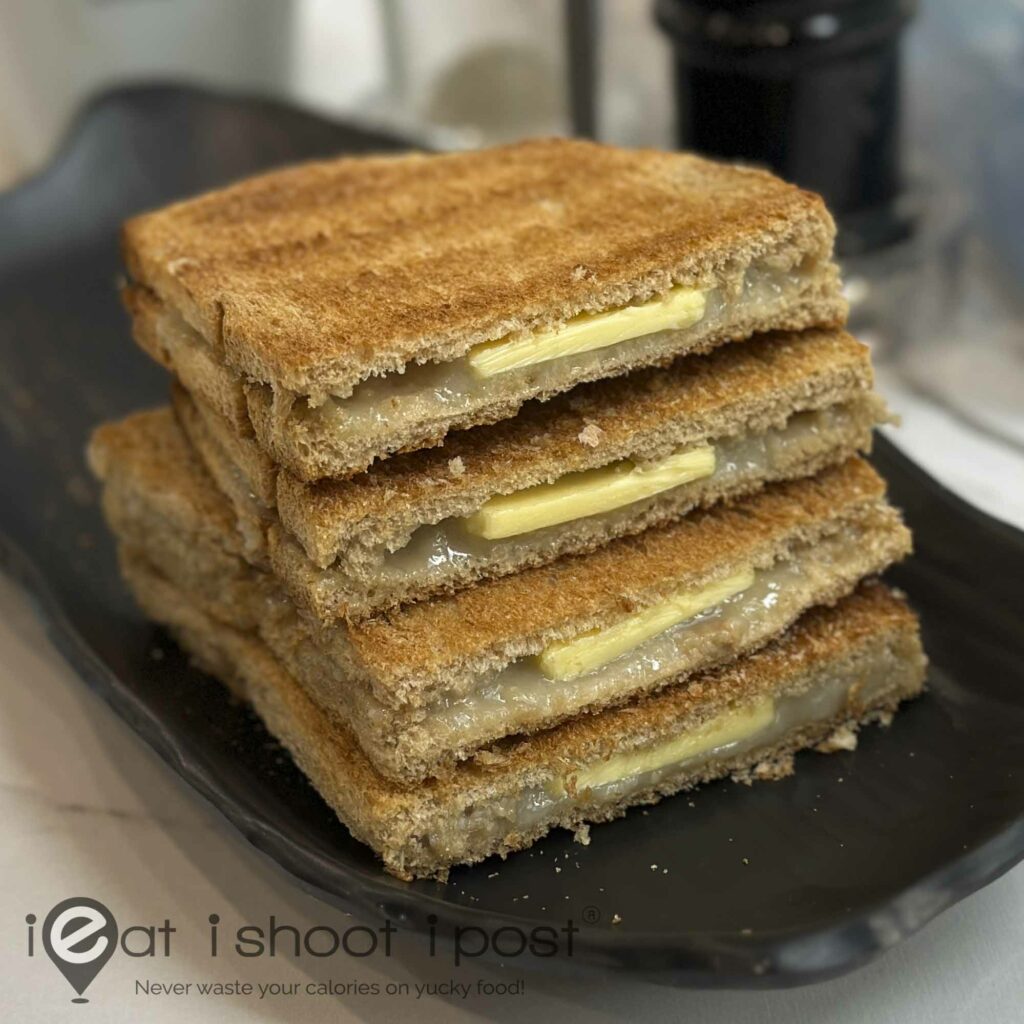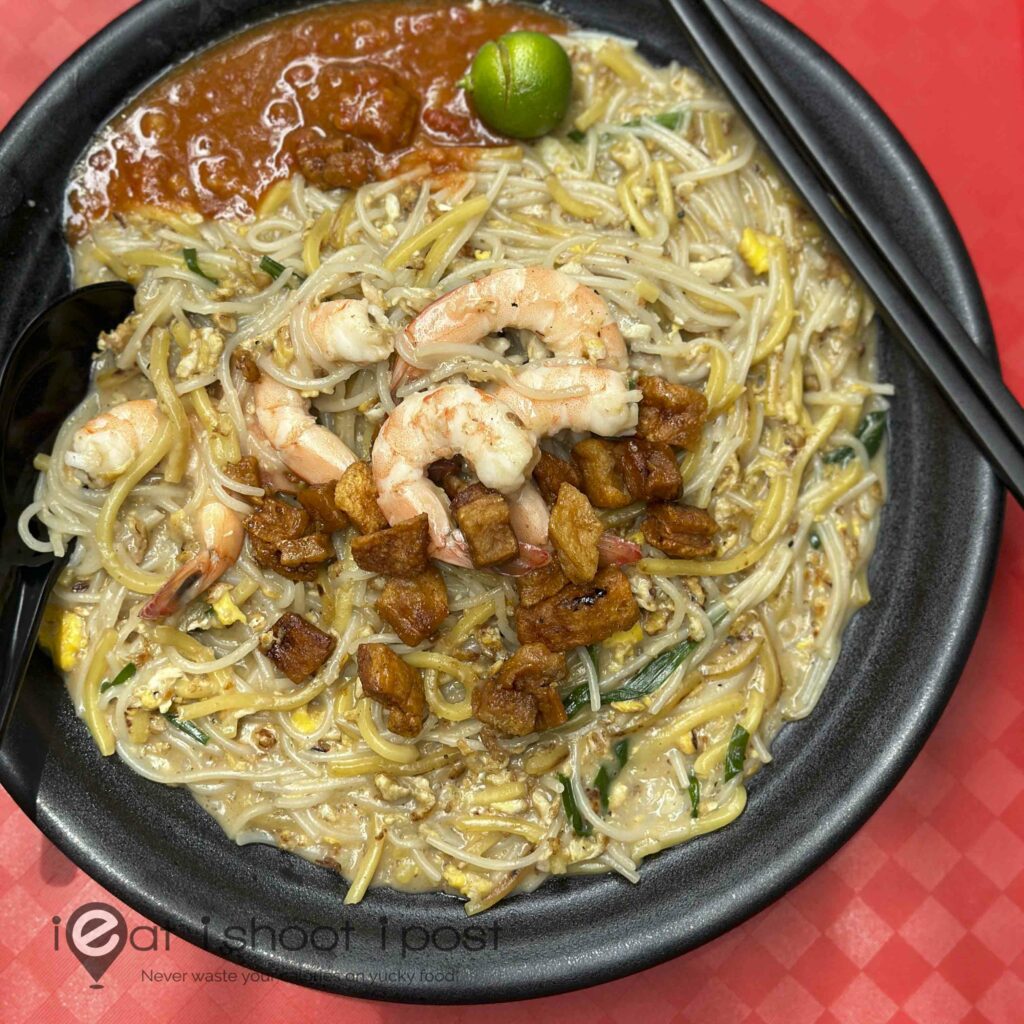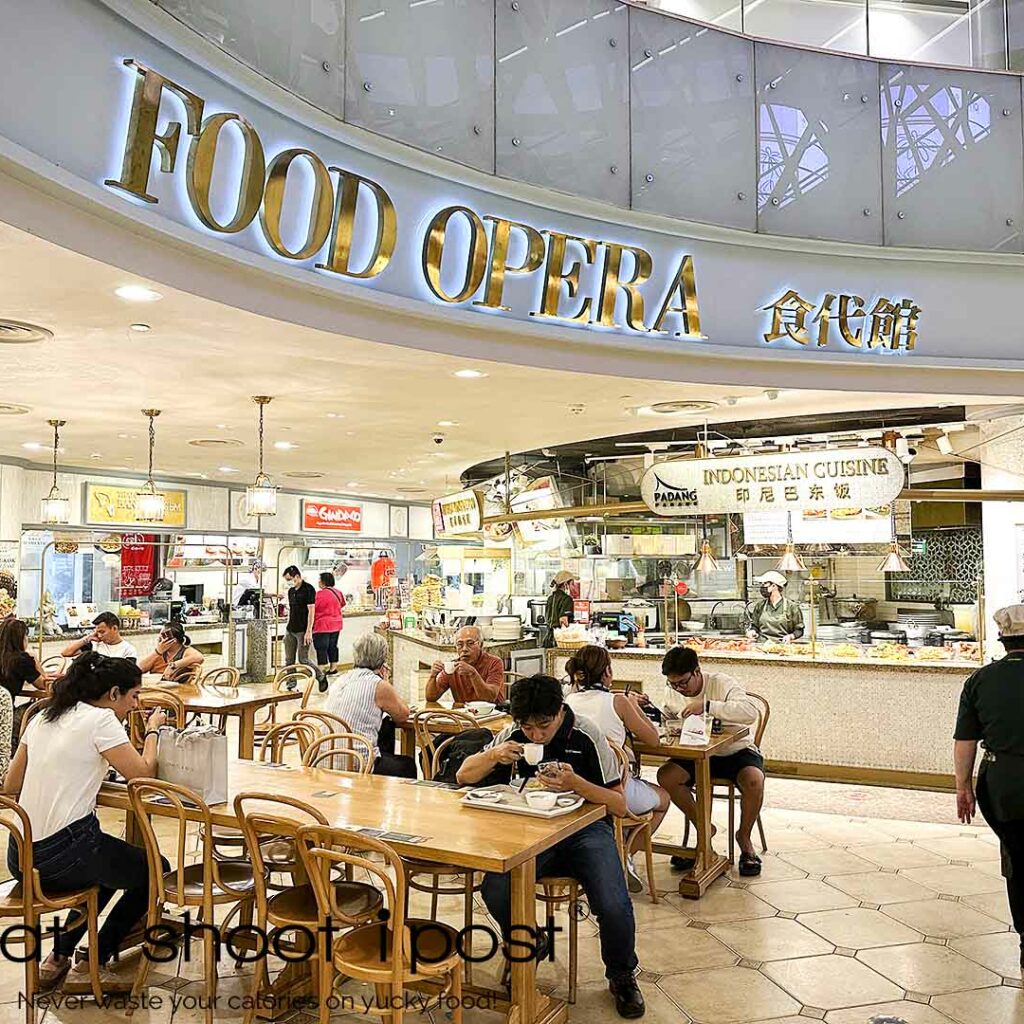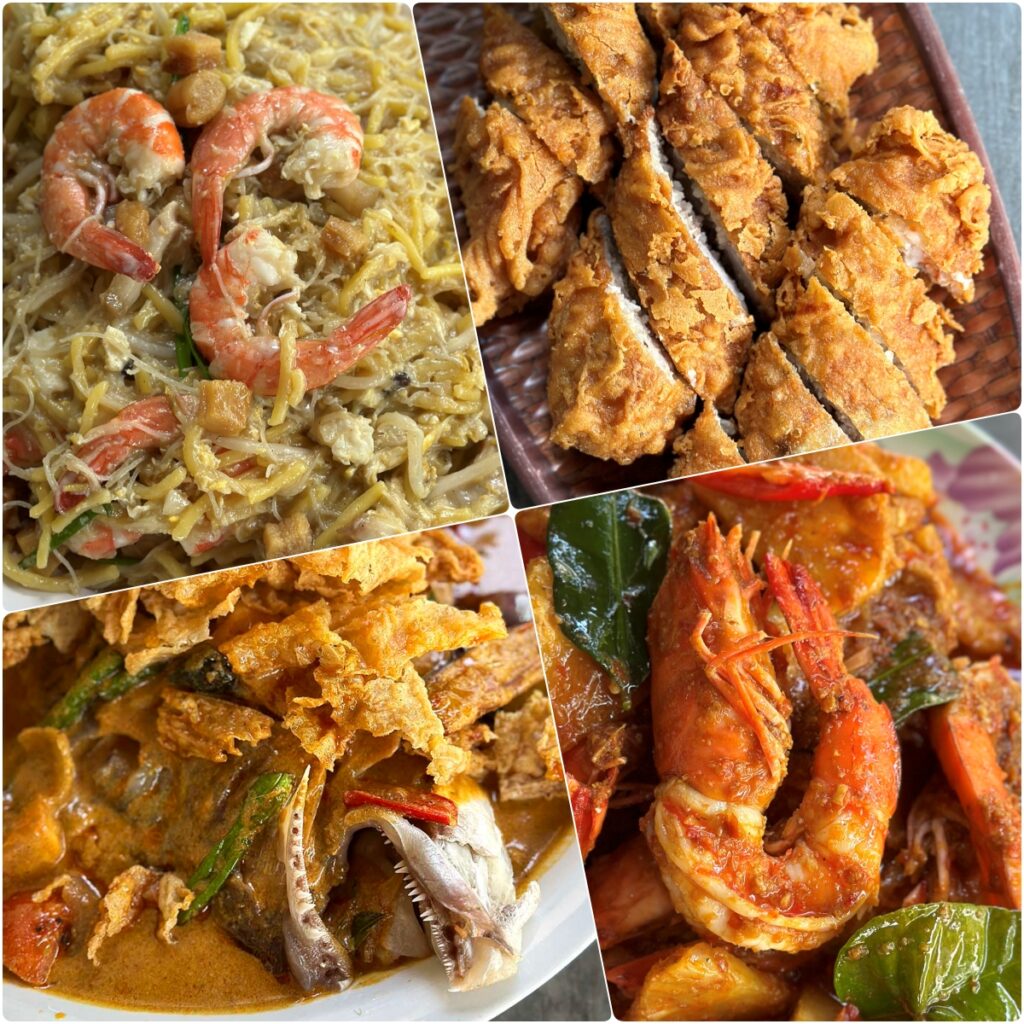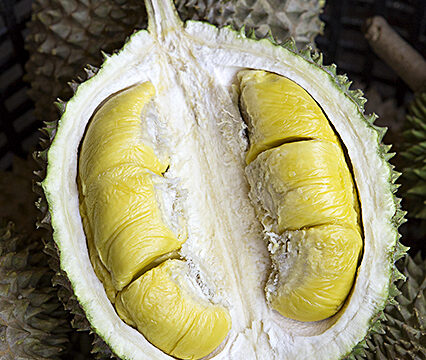This stall is closed
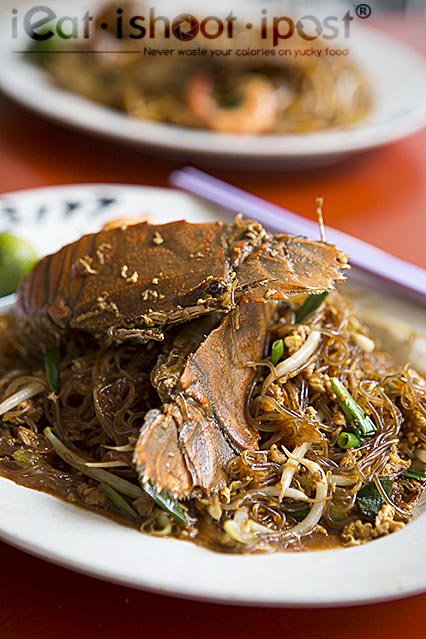
You know, I think crayfish look better than they taste. I have eaten crayfish countless times and each time I go away thinking: “There is a lot of shell but very little meat”. Not only that, I always felt that the meat is not really that much better than your humble prawn, if at all. I think the appeal of the crayfish is that it sort of makes you think that you are eating lobster. In fact, I would go so much to say that it is the poor man’s lobster. Isn’t it true that you only see crayfish at the hawkers or cze char but seldom see it being served in a fine dining establishment?
Actually, Crayfish is a misnomer. The actual Crayfish looks like a lobster except that it is found in freshwater. The creature we call Crayfish in Singapore supposed to be a Slipper Lobster. But even that is a misnomer as it really isn’t a lobster either since it does not have pincers which a lobster should have. In Australia, what is known as the Spiny Lobster is actually a Crayfish in local terms. The Slipper Lobster is known there as a “Bug” of which the Balmain Bug is probably the most famous. So if we use the Australian terminology, the Slipper Lobster should be called a Crayfish although it lives in seawater. If you are now very confused, just forget that you just read this paragraph and you will be alright.
Fresh Slipper Lobster meat is wonderfully sweet and tasty. But the problem is that the ones sold at the hawker centres are usually the frozen variety, so I have always felt that we are really buying it for its shell and the “Wow!” factor when you see it in a dish. That said, if you are paying $5 for a plate of Crayfish noodles, you would really get your money’s worth if you are taking a photo of it since the amount of meat you actually get is only equivalent to about two prawns. Case in point, the photos in this blog post really did get your attention, didn’t they?

If after all that preamble you are still looking for Crayfish, then Taman Jurong Food Centre is the place to go! This is the Crayfish noodle capital of Singapore. There are at least 3 places selling this particular dish there which is 3 more than a lot of other food centres. The one that most people recommend is Yung Sheng which is located at the 3rd level.
This place sells both Crayfish Tang Hoon and Crayfish Hokkien Mee. Of the two I prefer the Hokkien Mee. Now don’t be expecting to get the the usual Hokkien Fried Noodles with the Crayfish on top. I think the “Hokkien Mee” refers to the yellow noodles rather than the dish itself. It is not your typical fried Hokkien Mee. The stall also sells the normal fried Hokkien Mee and both are different in appearance. The noodles have a very nice texture and flavour although I am not sure how much the crayfish contributed to the flavour of the noodles. It does, however, add to the excitement when the dish is served! 4.25/5
The tang hoon was not as flavourful as the noodles and the texture would have been so much better if they used Korean Tang Hoon rather than the Thai version. The stallowners also know this but are restricted by the need to keep costs down. 3.5/5
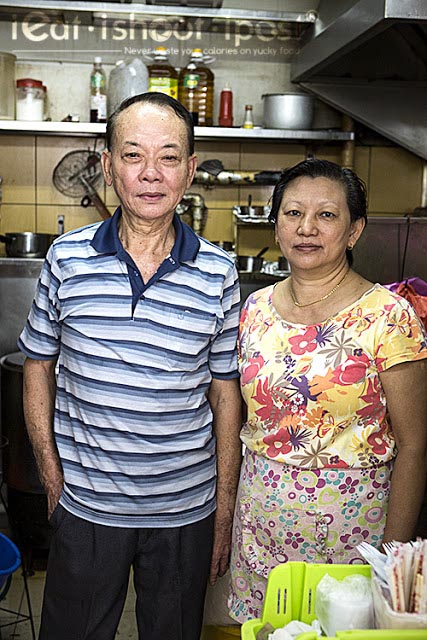
Whenever I see an elderly man at the hawker centre, I would assume that he would be one of our Heritage Hawkers who had been honing his art for decades. But this is not always the case. For this particular hawker, this was his retirement job and when I asked him why he decided to fry Crayfish noodles, he told that it is was grand daughter who loved to eat the dish and he started frying it for her.
Hawker stalls provide a cheap and affordable way for retirees like this couple to own and operate a small business doing things that they enjoy. The low rentals mean that they don’t have to work around the clock everyday. This invariably means that the food is produced in limited quantities but with much more care and passion than the hawker who is working round the clock at the air-con food court just so that he can meet the rental payments. So, the NEA’s decision to build more hawker centres is a good decision for us foodies. Although we do need to attract more young hawkers to the profession, let’s not forget that there are also other segments of our society for whom a hawker stall is an attractive option.
Conclusion
Don’t you agree that the Crayfish atop the hokkien mee really does make you want to go there just to try it?




